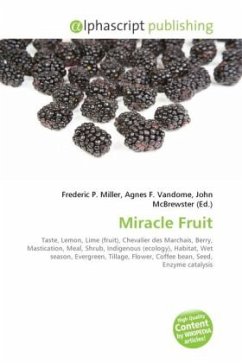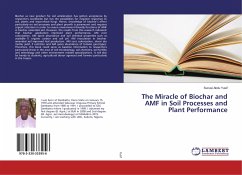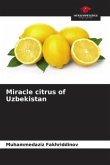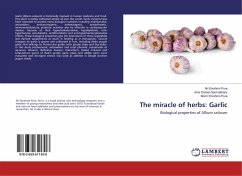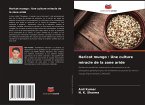The miracle fruit, or miracle berry plant (Synsepalum dulcificum), produces berries that, when eaten, cause sour foods (such as lemons and limes) subsequently consumed to taste sweet. The berry, which contains active polyphenols was first documented by explorer Chevalier des Marchais who searched for many different fruits during a 1725 excursion to its native West Africa. Marchais noticed that local tribes picked the berry from shrubs and chewed it before meals. The plant grows in bushes up to 20 feet (6.1 m) high in its native habitat, but does not usually grow higher than ten feet in cultivation, and it produces two crops per year, after the end of the rainy season. It is an evergreen plant that produces small red berries, with flowers that are white and which are produced for many months of the year. The seeds are about the size of coffee beans. The berry itself has a low sugar content and a mildly sweet tang. It contains an active glycoprotein molecule, with some trailing carbohydrate chains, called miraculin. When the fleshy part of the fruit is eaten, this molecule binds to the tongue's taste buds, causing sour foods to taste sweet.

